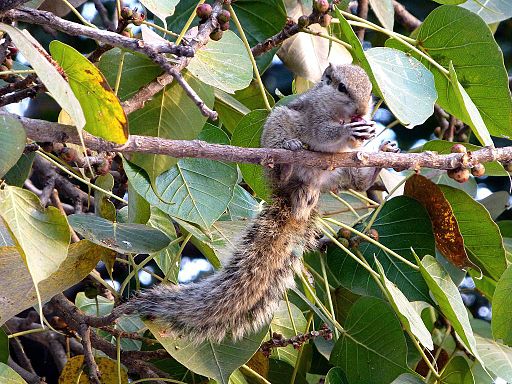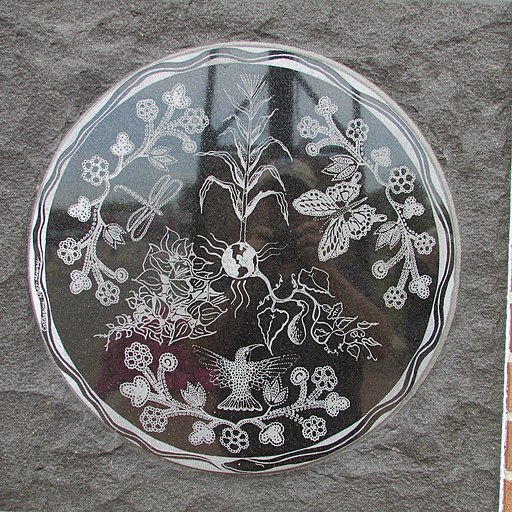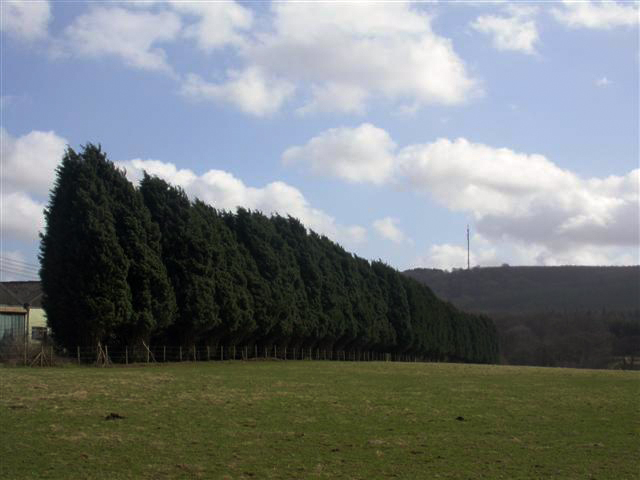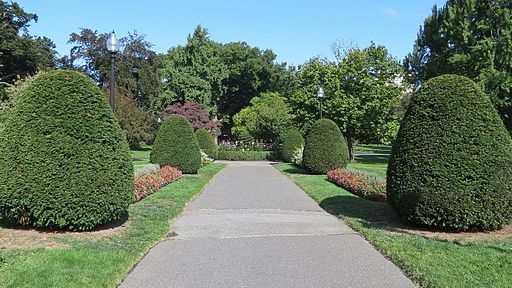Under the Fig Tree

A squirrel nibbling a fig in the Bodhi Tree at the Mahabodhi Temple in Bodh Gaya, Bihar state, India. Photo by Flickr user Anandajoti.
For a 2017 album, Blakey Morton performed Scott Joplin’s 1908 song “Fig Leaf Rag”.
— Izzy



About the only thing an American gardener can say against daffodils is that they are not native to North America or to any part of the Western Hemisphere. Daffodils originate from southern Europe and northern Africa. That daffodils are not native here is an academic complaint, however, since the genie can hardly be stuffed back in the bottle at this point. Most of the people living now in the Western Hemisphere do not belong here, either, and it’s possible to argue they have done far more damage to the native habitat than anything innocent daffodils could have done. On the contrary, daffodils perform a great service everywhere because their trouble free disposition, loosening of hard soils, and cheerful announcement of spring give a greater portion to the gardener and non-gardener alike than they require in return.
— Izzy 

Most succotash (derived from a Native American word, like numerous others) consists of a base of corn and beans, leaving out the squash, but for autumn dining, and especially for Thanksgiving with its reminders of the autumn harvest and the debt of European immigrants to Native Americans, adding squash to a succotash recipe can only improve it for the season. The squash and its seeds will add many of the benefits a person could get from eating turkey, another native of North America, including tryptophan, the chemical many believe is responsible for a satisfied diner’s desire to relax on a couch after Thanksgiving dinner, as well as lazily escaping from kitchen cleanup duty.
— Izzy 
One of the problems with a hedgerow monoculture occurs when one or more of the plants dies, creating a gap that must then be filled with the same kind of plant, sometimes at considerable expense if the new plant is not to be too conspicuous by its smaller size. The gardener can feel trapped, and the trap can get more enveloping and add even more expense if the reason for a plant’s death is a disease or pest, engaging the gardener in an endless battle. Sometimes it can be a blessing when a disease or pest spreads quickly from one plant in the monoculture to the next, ending the battle with its consequent frustrations and expenses and presenting the gardener with a blank slate after a tree removal company has carted away the battlefield fallen.


For most trees and shrubs, February through April is the best time for pruning because the plant is dormant, yet it will break dormancy soon and the flush of energy to its top growth will help heal the pruning cuts and cover them. There are exceptions to this rule, and a maple tree is one. Any maple tree produces copious sap in late winter and early spring, not just the sugar maple from which we derive maple syrup. Wounding – and yes, a pruning cut can amount to just that – a maple at that time of year results in excessive bleeding of sap, weakening it. It is better to prune a maple in the summer, when the sap does not run as freely.
Proper pruning technique is necessary in allowing a tree or shrub to to heal a cut. Do not leave stubs! A plant cannot close over a stub, and the stub eventually dies yet remains on the living plant for an inordinate time. The stub then becomes a route for insects and fungi to the interior of the plant. Pruning to the branch collar on trees and to a bud on shrubs allows the plant to seal a cut much sooner, diminishing the opportunity for pests to infest live wood.

Boston Public Garden, Massachusetts; photo by Flickr user Robert Linsdell.
Shearing is a form of pruning that makes cuts willy-nilly as far as the plant is concerned, but which to people presents the plant at a uniform shape and size, the effect of which is a matter of personal taste and opinion. At no time is shearing a boon to a plant’s health, though some plants, such as boxwood and privet, are better able to tolerate it than others. The cumulative effects of this detrimental practice are evident after several years as the plant ends up with leaves growing on its outer shell only and no leaves growing inside of that, and the outer shell becomes stiff as the branches thicken. The interior clogs over time with leaves and twigs falling from the shears, allowing fungus to grow and eventually degrade the bark. The remedy for shearing is patience to make pruning cuts by hand in the proper place as far as the plant is concerned, rather than clipping it for the sake of neatness as if a living plant was inert like hair. But as always in our culture, patience is in short supply.
– Izzy 